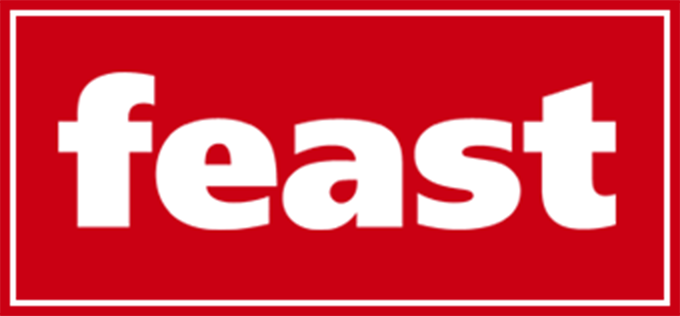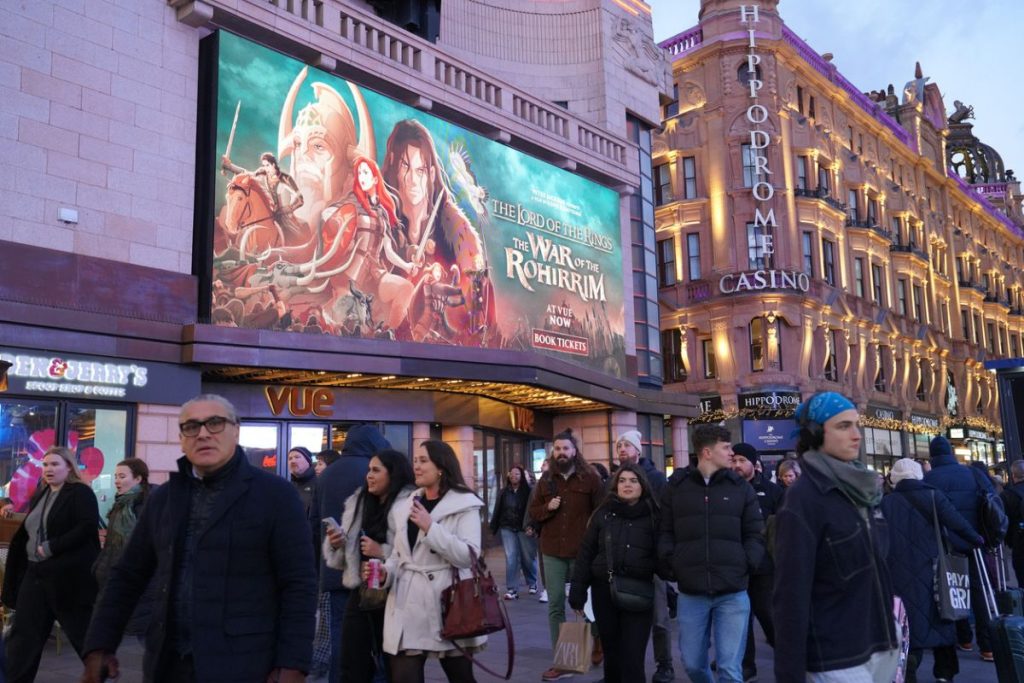In 2001, months before one of the greatest cinematic adventures began, moviegoers were given a glimpse of what would become a monumental film experience. The first trailer for The Lord of the Rings had just dropped, sparking excitement and speculation about Peter Jackson’s ambitious adaptation of J.R.R. Tolkien’s epic.
A Glimpse Into Middle-earth
As the trailer unfolded, the voice of Galadriel, portrayed by Cate Blanchett, eerily whispered: “The world will change. I feel it in the water, I feel it in the earth, I smell it in the air.” These words were a perfect introduction to what would soon become one of the most legendary movie trilogies in history. At the turn of the millennium, anticipation was already building. But despite the palpable excitement, no one really knew what to expect from the big screen adaptation of Tolkien’s world. The novels, beloved by fans for generations, were known for their intricate world-building and depth, but how could an unknown New Zealand director handle such a complex story?
While many fans were skeptical of the daring project, others dared to hope. The first movie, The Fellowship of the Ring, was still months away, but the trailer made it clear that something monumental was coming, and a few hopeful dreamers began to imagine that Jackson might just pull it off.
The Legendary First Trailer
On May 25, 2001, just before screenings of Pearl Harbor started, New Line Cinema premiered the first teaser for The Lord of the Rings. Running only two minutes, it was powerful, gripping, and introduced the world to Jackson’s vision for Middle-earth. The trailer was set to an epic theme, though it didn’t yet feature the iconic score by Howard Shore that would soon define the films.
The trailer began with a voiceover of the famous inscription on the One Ring, followed by the words: “Next Christmas, the greatest story ever told comes to life.” With a few brief but breathtaking shots from the film, the teaser promised something big, though much of what viewers saw was still shrouded in mystery. The trailer ended with the dates for all three films: The Fellowship of the Ring – Christmas 2001, The Two Towers – Christmas 2002, and The Return of the King – Christmas 2003.
These dates were more than just release dates—they were a promise, a statement that fans would soon experience something unprecedented. It was clear that The Lord of the Rings trilogy would dominate the cinema landscape for the next few years, and audiences would show up in droves to witness the journey.
A Cinematic Phenomenon
What followed was nothing short of extraordinary. Peter Jackson’s adaptation of Tolkien’s work became one of the highest-grossing franchises in film history, not only because of its epic storytelling and groundbreaking visuals but because it truly captured the spirit of Middle-earth. By the time The Return of the King was released in 2003, the trilogy had cemented its place as one of the most beloved film series ever made.
In hindsight, that trailer was more than just a sneak peek; it was a cultural milestone. Even before the world saw the first full-length feature, audiences were already invested in the journey, emotionally connected to the fate of the Fellowship, and eagerly awaiting each new release. The magic of the trailer was that it invited viewers into a world they had only imagined—and did so in a way that made them believe the impossible was possible.
The trailer for The Lord of the Rings remains one of the most iconic moments in cinematic history—a perfect blend of storytelling, anticipation, and promise. For many, it’s a reminder of a time when a movie could generate excitement months before its release, and how a few minutes of visual spectacle and powerful words could ignite the imagination of millions.



